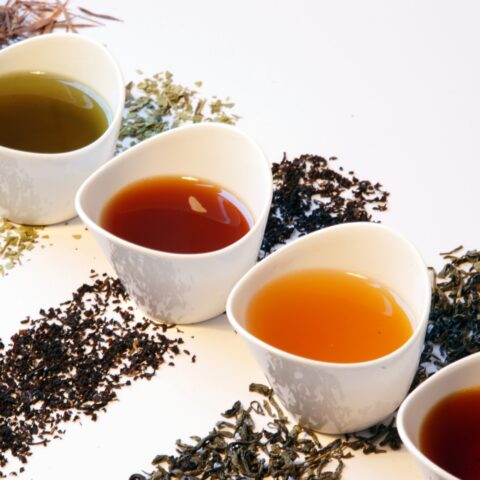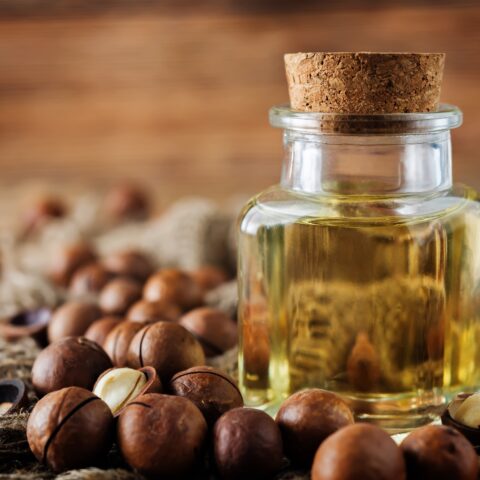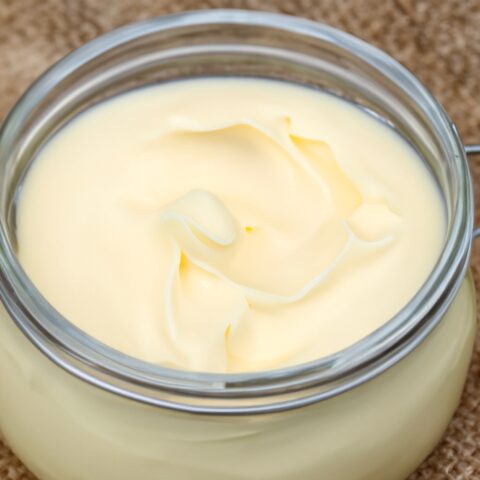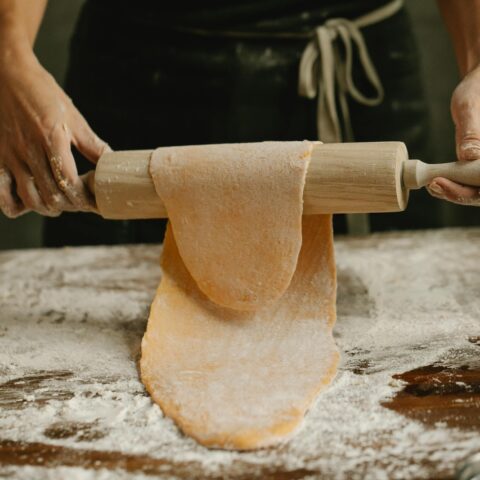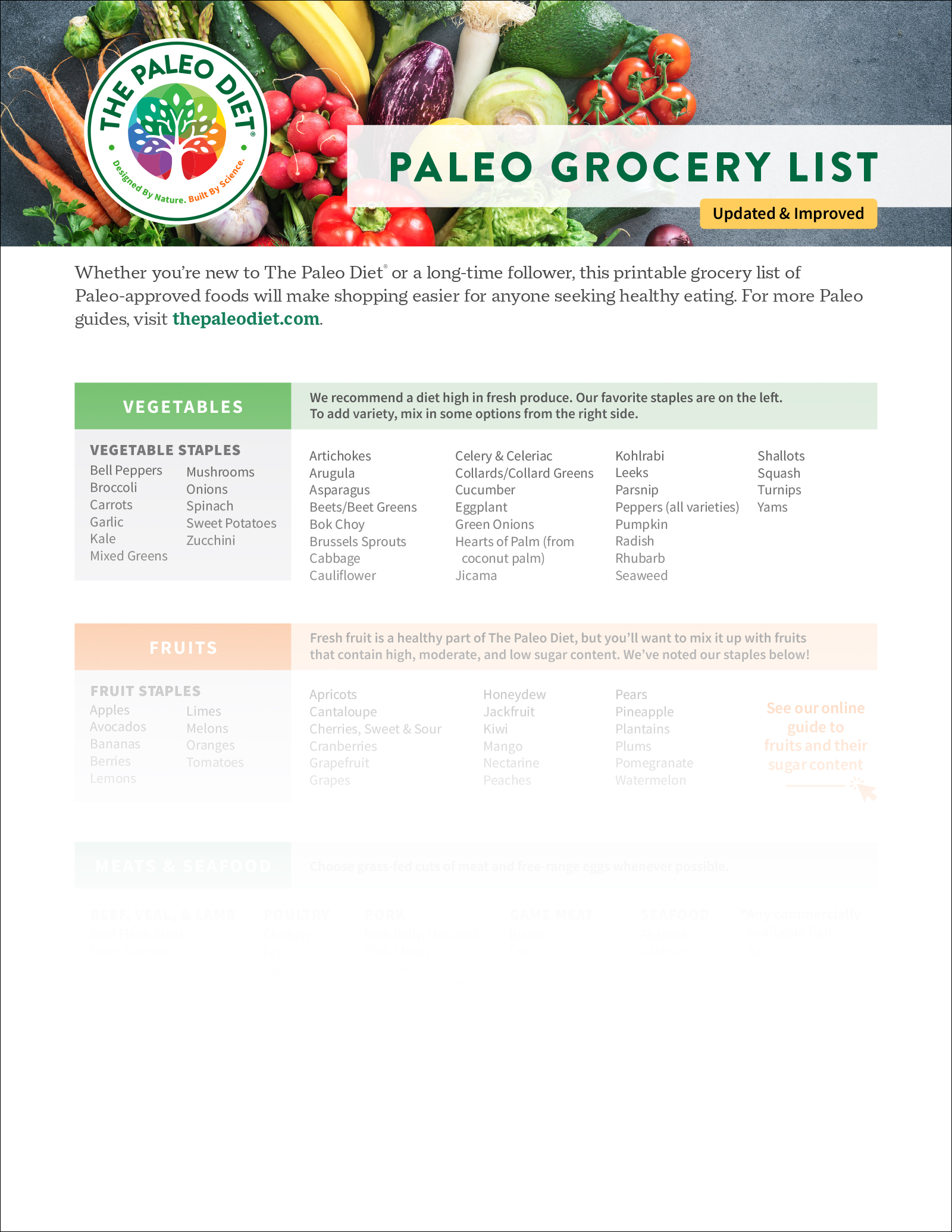Is Nooch Paleo? Nutritional Yeast Benefits & Considerations
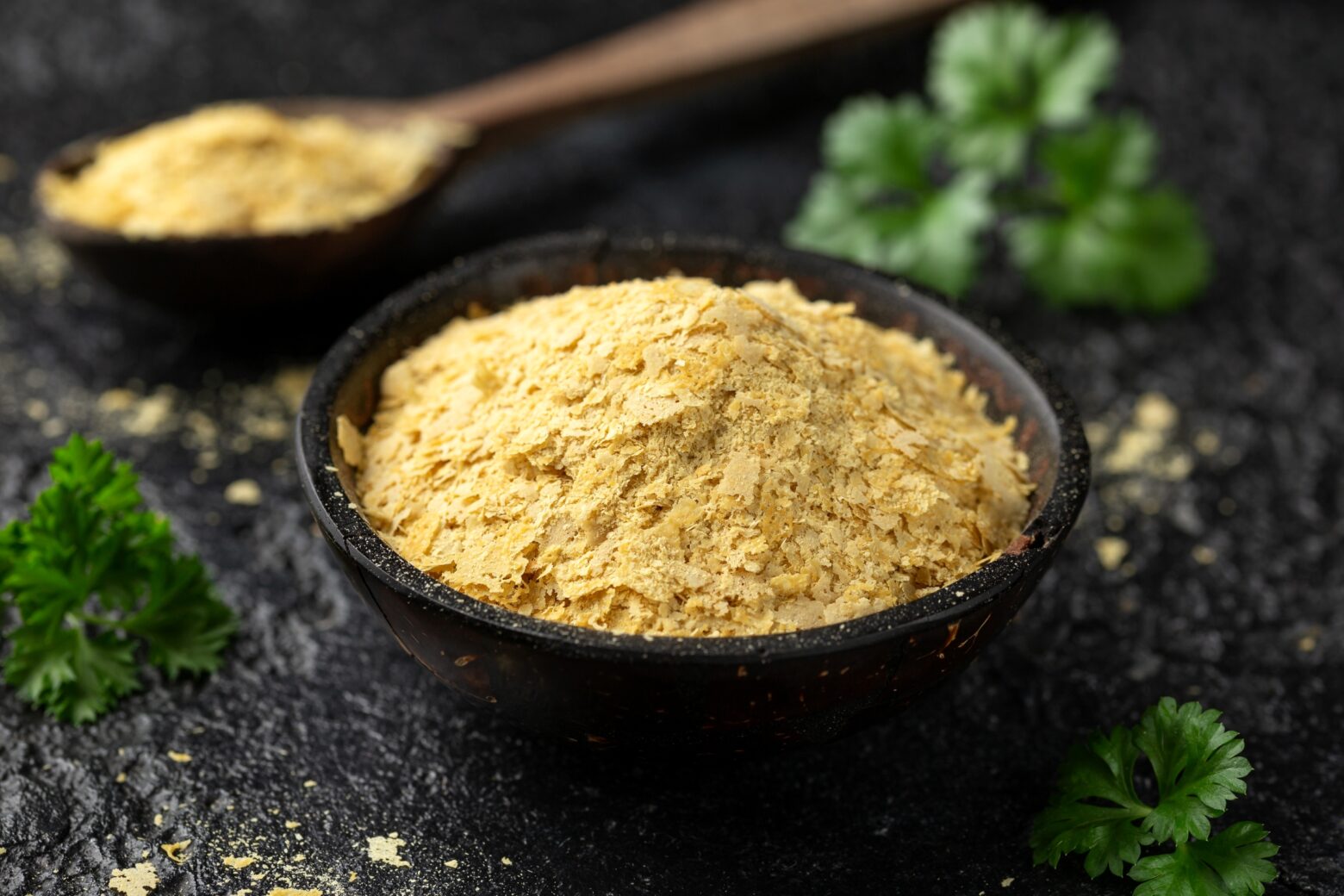
Nutritional yeast, also affectionately known as “nooch,” is a dairy-free seasoning of tiny flakes that delivers a cheesy taste to everything from salads to roasted vegetables and soups. Unlike the live yeast that makes dough rise, this deactivated form is packed with complete plant protein, essential B vitamins and antioxidant compounds that support your immune system, heart health, and more.
Whether you’re just discovering its flavor-boosting power or are already a devoted fan, nutritional yeast deserves a spot on your spice rack. That said, while nooch has earned its superfood status in many circles, it’s not without a few caveats, so it’s worth knowing how to choose the right variety and use it in moderation.
What Is Nutritional Yeast?
Nutritional yeast is deactivated Saccharomyces cerevisiae, the same strain used as baker’s or brewer’s yeast in its active form. Rather than rising dough or fermenting beer, nooch is intentionally cultured on a glucose medium (usually beet molasses or sugarcane), pasteurized to halt its leavening power, and then dried into golden flakes or powder.1,2
Though it won’t make anything rise (and definitely won’t taste good in your sourdough starter), it retains its protein-rich cell walls, B vitamins, antioxidants, and signature flavor. Nooch is most commonly used used as a savory, umami seasoning.
Nutritional Yeast Benefits and Drawbacks
Stirring just 2 teaspoons (about 5 grams) of fortified nutritional yeast into your meal adds roughly 20 calories, 3 grams of complete plant protein, 2 grams of carbohydrates, zero fat, and about 4% of daily fiber. Even more impressive is its B-vitamin punch: a single serving delivers over 100% daily value for riboflavin (B2), niacin (B3), folate, and, when fortified, more than 300% of B12 per serving.3
Here’s why that matters:
- Energy Production: Riboflavin, niacin, and B₆ help convert the carbs, fats, and proteins you eat into usable fuel.
- Nerve Health: Vitamin B₁₂ supports the protective sheath around your nerves, helping signals travel smoothly.
- Red Blood Cell Formation: Folate and B₁₂ work together to make and mature healthy red blood cells, preventing anemia.
- DNA Synthesis & Repair: Folate is essential for copying your genetic code accurately each time a cell divides, while B₁₂ helps keep that process running smoothly.
Beyond B vitamins, nooch contains antioxidant molecules (glutathione and selenomethionine) that help neutralized free radicals that can increase your risk of disease. It also contains unique polysaccharrides like beta-glucan, which have been shown in promising research to bolster immune defenses and modestly lower cholesterol.4–9
However, not all nutritional yeast is created equally. Only fortified flakes carry meaningful B12 so make sure to read the label if you’re relying on it as a vitamin source. Seasoned blends may be high in sodium, and anyone with yeast sensitivities or histamine intolerance should introduce it slowly to avoid headaches or digestive upset. And if you’re loading up on multiple fortified foods (or a multivitamin plus nooch) stick to a single teaspoon or you’ll risk overdoing certain B vitamins.
Is Nooch Paleo?
Chief Science Officer of The Paleo Diet®, Mark J. Smith, PhD., puts it this way: “In its natural state, deactivated Saccharomyces cerevisiae can be considered Paleo since it was originally isolated from grape skins and enables traditional fermentations.”
He continues, “Once you add vitamin B12 or grow it in sugarcane-based glucose, however, you’re stepping outside strict ancestral bounds. Beet molasses–fed yeast might qualify as TRUEPALEO™, but most commercial nutritional yeast falls in what we call PaleoFLEX™.”
In practice, that means unfortified, molasses-grown flakes edge closest to a Paleo food, but fortified, sugarcane-grown brands are fine if you’re comfortable with a more flexible approach.
Serving Size and Storage Tips
Aim for about 1–2 teaspoons (5–10 grams) of nooch per day to tap into its protein, fiber, B vitamins and antioxidants. If you already take a multivitamin or eat other fortified foods, 1 teaspoon should suffice. Treat it like any seasoning: sprinkle it on roasted vegetables, stir it into soups and sauces, or fold it into dressings and dips for an instant umami lift.
To keep your nutritional yeast at peak potency, store it in a cool, dark spot and seal the container tightly to keep out moisture. Properly stored, nooch will stay fresh and nutritionally robust for up to two years.
References
- Jach, M. E., Serefko, A., Ziaja, M., & Kieliszek, M. (2022). Yeast Protein as an Easily Accessible Food Source. Metabolites, 12(1), 63. https://pmc.ncbi.nlm.nih.gov/articles/PMC8780597/
- Parapouli, M., Vasileiadi, A., Afendra, A.-S., & Hatziloukas, E. (2020). Saccharomyces Cerevisiae and Its Industrial Applications. AIMS Microbiology, 6(1), 1–31. https://pmc.ncbi.nlm.nih.gov/articles/PMC7099199/
- (2019, April 1). Leavening agents, yeast, baker’s, active dry. FoodData Central; U.S. Department of Agriculture. https://fdc.nal.usda.gov/food-details/175043/nutrients
- Alkadi, H. (2018). A Review On Free Radicals and Antioxidants. Infectious Disorders – Drug Targets, 18. https://pubmed.ncbi.nlm.nih.gov/29952268/
- Sharma, G. N., Gupta, G., & Sharma, P. (2018). A Comprehensive Review of Free Radicals, Antioxidants, and Their Relationship with Human Ailments. Critical Reviews in Eukaryotic Gene Expression, 28(2), 139–154. https://pubmed.ncbi.nlm.nih.gov/30055541/
- Fakruddin, Md., Hossain, Md. N., & Ahmed, M. M. (2017). Antimicrobial and antioxidant activities of Saccharomyces cerevisiae IFST062013, a potential probiotic. BMC Complementary and Alternative Medicine, 17(1). https://bmccomplementmedtherapies.biomedcentral.com/articles/10.1186/s12906-017-1591-9
- Ciudad-Mulero, M., Barros, L., Fernandes, Â., Berrios, J. D. J., Cámara, M., Morales, P., Fernández-Ruiz, V., & Ferreira, I. C. F. R. (2018). Bioactive compounds and antioxidant capacity of extruded snack-type products developed from novel formulations of lentil and nutritional yeast flours. Food & Function, 9(2), 819–829. https://pubmed.ncbi.nlm.nih.gov/29359222/
- Kim, H. S., Hong, J. T., Kim, Y., & Han, S.-B. (2011). Stimulatory Effect of β-glucans on Immune Cells. Immune Network, 11(4), 191. https://pmc.ncbi.nlm.nih.gov/articles/PMC3202617/
- Bashir, K. M., & Choi, J.-S. (2017). Clinical and Physiological Perspectives of β-Glucans: The Past, Present, and Future. International Journal of Molecular Sciences, 18(9), 1906. https://pubmed.ncbi.nlm.nih.gov/28872611/
Maureen Farrar
Maureen Farrar has spent more than 20 years as a writer and editor for several print and digital outlets. She writes about health, fitness and nutrition.
More About The Author
